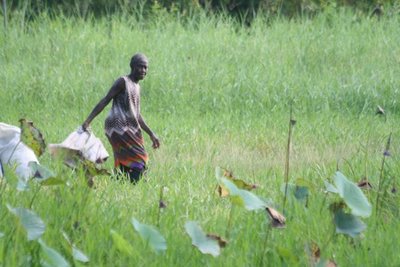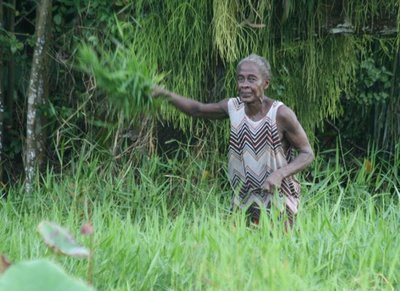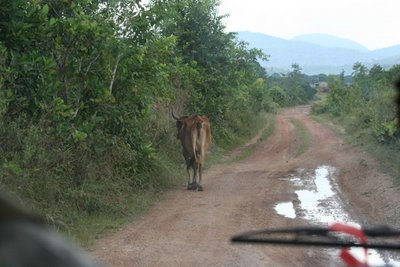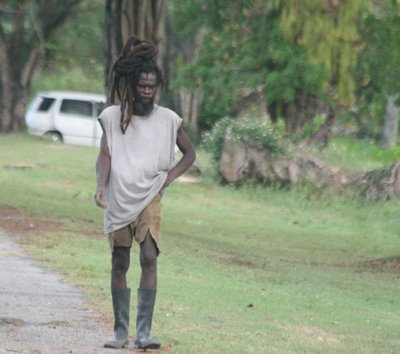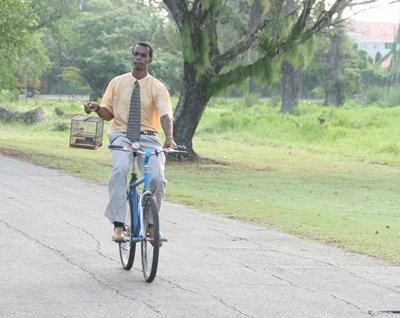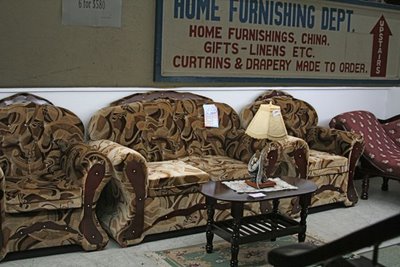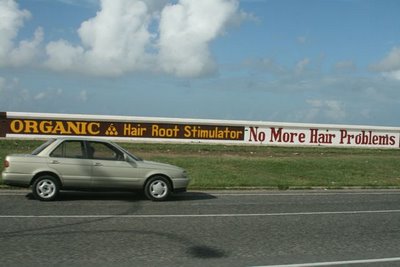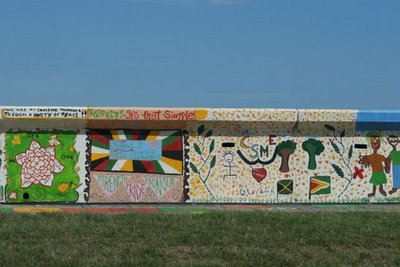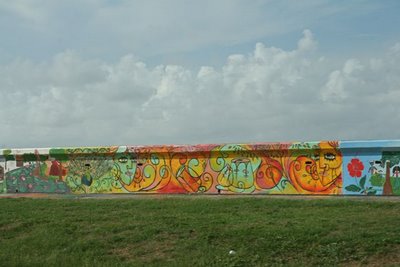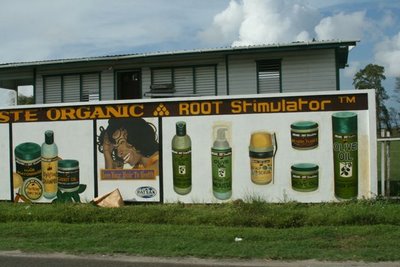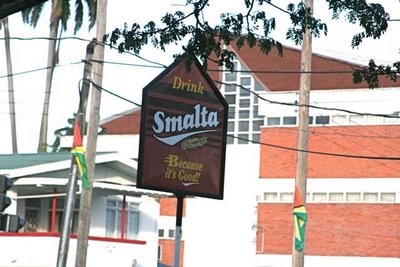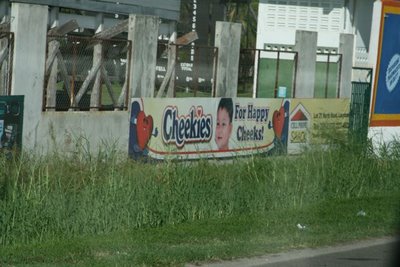Kaieteur Falls Magic
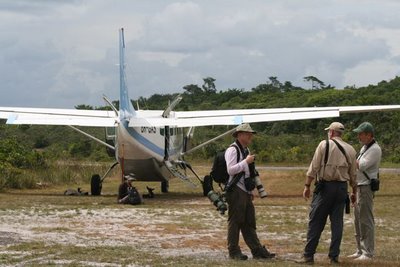 On the second day of our journey (I know...I've gotten what? eleven posts out of the first day!) we went up and away in a teeny tiny plane. A solitary sandpiper teetered at the airport, saying good bye.
On the second day of our journey (I know...I've gotten what? eleven posts out of the first day!) we went up and away in a teeny tiny plane. A solitary sandpiper teetered at the airport, saying good bye. 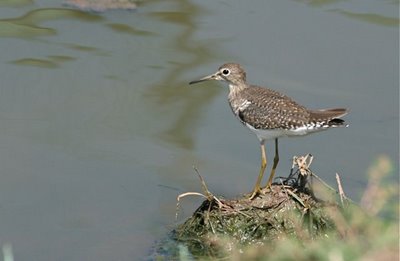
Georgetown, Guyana's capital city, from the air. It is not particularly cosmopolitan, as you can see.
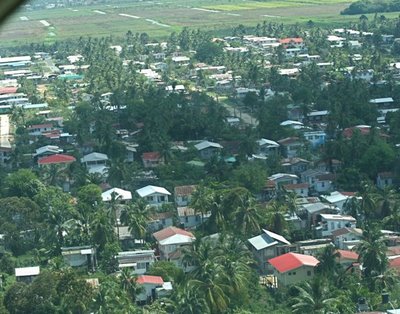
A leper colony, now defunct. The graveyard was on the little island in the foreground. I thought of all the suffering that had gone on there.
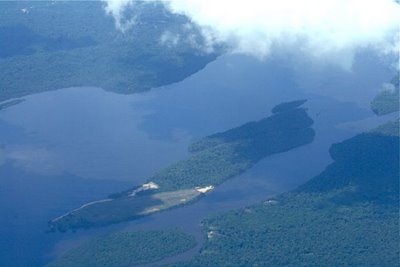
I could hardly take my eyes off our pilot
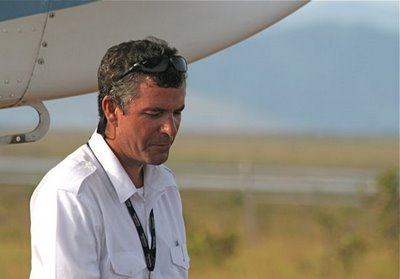 who looked so much like Chet Baker's foster father David
who looked so much like Chet Baker's foster father David 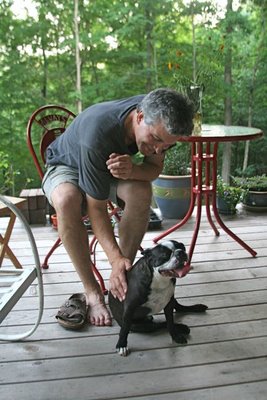 that I wanted to give him a hug. Well, I would have enjoyed giving him a hug even if he didn't look like David's lost twin...but enough from the Invisible Woman.
that I wanted to give him a hug. Well, I would have enjoyed giving him a hug even if he didn't look like David's lost twin...but enough from the Invisible Woman.Today, we'd take a much-too- brief excursion to experience the magic of Kaieteur National Park. Designated in 1929, the park is huge--242 square miles of almost- unbroken rain forest.
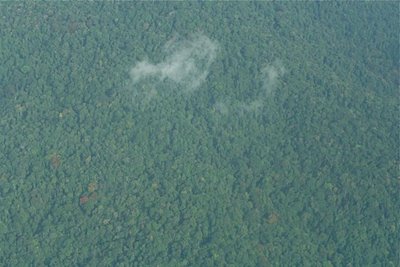
When I spotted these denuded mountains from the air, I assumed they'd been deforested. Isn't most of Latin America thus scarred? But no--I was told that these are natural savannahs, formed because the soil is too thin to support trees. Amazing.
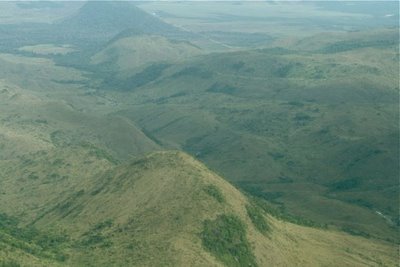 Kaieteur National Park sits on the Guiana Shield, a two billion year-old bit of the earth's crust that spans 30,000 square miles between the Amazon and the Orinoco. The falls itself is the world's tallest single-drop waterfall, at a dizzying 741 feet. Our birdwatching tower on top of our house is 41 feet tall. Just add 700 more feet and you have the potential to brew up some serious acrophobia. I took this from the air, as our skilled pilot banked to give us a good view of the falls. The river just kind of pokes along, widens out and then...
Kaieteur National Park sits on the Guiana Shield, a two billion year-old bit of the earth's crust that spans 30,000 square miles between the Amazon and the Orinoco. The falls itself is the world's tallest single-drop waterfall, at a dizzying 741 feet. Our birdwatching tower on top of our house is 41 feet tall. Just add 700 more feet and you have the potential to brew up some serious acrophobia. I took this from the air, as our skilled pilot banked to give us a good view of the falls. The river just kind of pokes along, widens out and then...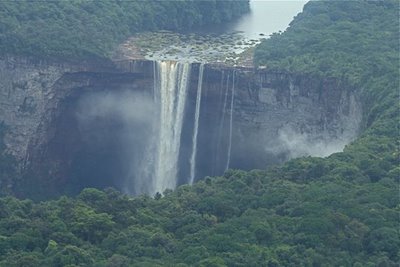 Yikes!
Yikes!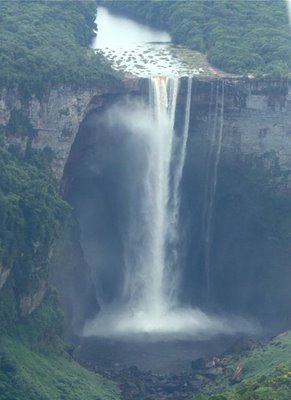 We walked and walked, getting closer to the falls with each overlook.
We walked and walked, getting closer to the falls with each overlook. 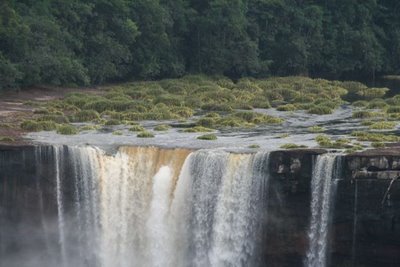
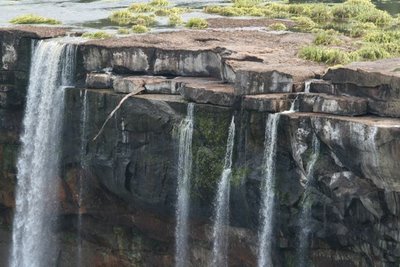
OK, that's probably plenty close. Eeeeek. Tannins stain the water a cola-brown.
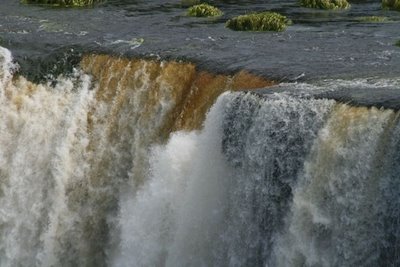
There were rainbows in the mist.
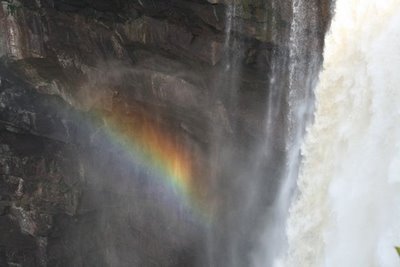
Two by intrepid two, we crawled to the edge to look down into the gorge. Here are Terry and Judy Moore.
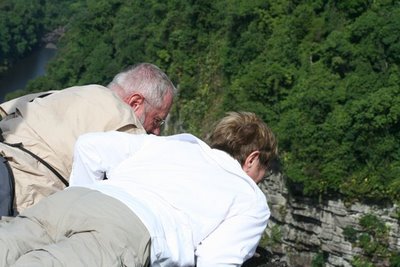
I was fascinated by the cushiony plants on the gorge walls. A biologist once lowered himself down on ropes and spent a very cold, uncomfortable night in the gorge, collecting plants and checking out the bizarre life forms down there. I'd love to know what he found.
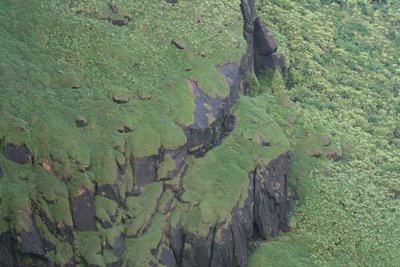
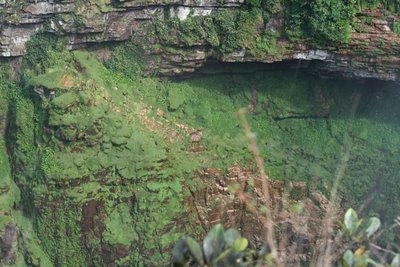
But I was more than content to spend my time at the top of the gorge. No ropes, thank you.
Labels: ecotourism in Guyana, Georgetown Guyana, Guyana, Kaieteur Falls

